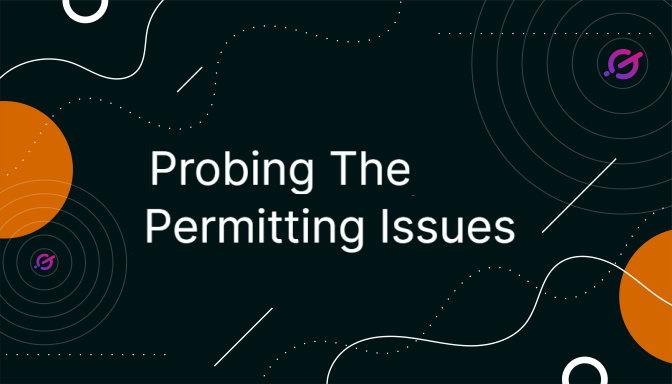The regulatory permitting process of Oil & Gas wells can be a challenging and complex step in the path towards first oil. If not done properly, permitting wells can lead to costly delays and liability exposure. At GeoNote, we were curious about the common types of issues associated with the permitting process. So, we decided to look at some permit data from the Texas Railroad Commission (RRC).
For this exercise we examined permitted wells from the RRC filed during the first half of 2019. We also collected additional lease data for each permit, including comments and remarks entered by both the Filers and RRC Staff. Here is a quick summary of the results:
· 7,795 permitted wells.
· 30,178 comments among all the wells.
· 164 different operators.
· 3.8 average comments per well
The first thing that stood out to us was the strong correlation between the comment count for each well and the average time to approval as shown in the graph below.
*We ignored comment counts with less than 4 data points.
In other words: on average, each remark adds an additional 3 days to the approval process.
It’s important to note that comments or remarks are not necessarily an indication of an issue with a permit. In many cases the comments are mundane and procedural (e.g., “EXPEDITED PERMIT”). But on many instances, the comments make it clear that “There have been problems identified with this permit …” (the most common remark representing 18.6% of all comments). Comments and remarks can provide a detailed window into the causes leading to delayed permits.
A Sample of the Results
GeoNote wanted to take a deeper dive on some particular issues for even more of a quantitative understanding. A case study was conducted to observe RRC Statewide Rules (SWR) and how they specifically affect timing in the field development process. When assessing the public data, a number of prevalent trends became obvious that significantly hindered permit approval.
One such trend: having to amend well spacing. SWR 37 & SWR 38 (both pertaining to RRC well spacing criteria) not only comprised 90% of SWR issues mentioned in permit submittals, but also took an average of 40 days for approval.
Compliance with these rules seem to be a constant issue for operators:
“SWR 38 DUE TO DENSITY HAS BEEN TRIGGERED… FUTURE APPLICATIONS WILL ALSO REQUIRE AN EXCEPTION TO SWR 38, BUT PREVIOUS FILINGS ARE NOT AFFECTED.”
“…permit being amended for exception to SWR 38 and plat for 40 acres due to pending subdivision.”
“ Added SWR 37 Interior Lease Line exception due to undivided interests noted on P-12. ”
“Amended permit needed to request exception to SWR 37 due to non-pooled interests in the unit.”
Field development planning is dynamic enough without having to take unforeseen permitting issues into account. Waiting for approval of an amendment because a well path is too close to a lease line can take days, or even months. How many teams have re-planned an entire field and potentially paid fees to expedite permit approval so the project can stay on schedule?
A solution that’s somehow part of the planning process is needed for operators. One that pre-meditates and avoids those lease line exceptions, need for bottomhole location changes, or any other pesky reporting issues that always seem to crop up.
A follow-up blog post will be coming shortly where GeoNote will provide a more qualitative analysis and provide solutions that can accomplish permit problem prevention. Mitigating an FDP team’s regulatory frustrations and saving possibly months of waiting and scheduling hassle would be, one can only assume, welcomed with open arms in the energy industry.
Stay tuned for part 2, and stay grounded GeoNauts!

